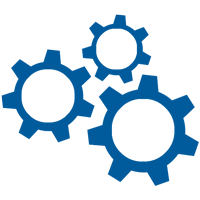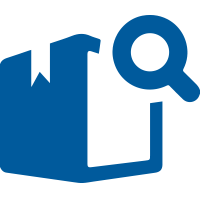The STW Group is a Management Consulting Firm focused on helping organizations design and develop the best means to deliver learning, optimize workflows that fuse people, process, and technology, and help organizations minimize risk exposure and improve quality.
Learn more about The STW Group by checking out this short video.
Preserve your institutional knowledge BEFORE that long-time employee leaves!
Check out these first Onboarding videos from our ongoing series and check back soon for additional videos to come.


Design & develop the best means to deliver learning
– Employee Engagement
– Curriculum & Course Design & Development
– Learning Path Design & Development
– eLearning & Learning Videos
– Onboarding
– Leadership Development

Optimize workflows that marry people, process, & technology
– Workflow Design & Improvement
– Transformation & Change Management
– Technology Integrations
– Organizational Development
– Design Thinking



Help organizations minimize risk exposure & improve quality
– Quality Management System (QMS) Documentation
– Quality Management
– Risk Identification and Assessment
– Audit Remediation & Regulatory Compliance
– IP Retention



